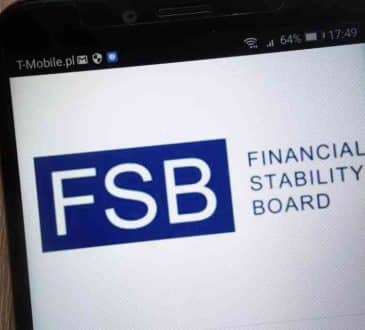How Linking Purpose and Strategy Benefits Employees

As messaging around strategy trickles down the organizational chart, the context around strategic choices diminishes, making it harder for workers to understand not only the what and why, but also the how. If employees cannot internalize the strategy, they certainly can’t incorporate it into their on-the-job decisions. Here’s how leaders can correct the disconnect between employees and their role in strategy execution.
The thing about large-scale crises is that they don’t exist in a vacuum, and COVID-19 has emphasized this fundamental truth on the global stage. The pandemic set off wider societal unrest and laid bare existing fault lines in our communities.
Beyond widening social and economic divisions, the pandemic also exposed cracks in the traditional workplace, leading to unprecedented churn in the job market. In the U.S., nearly 48 million people voluntarily left their jobs in 2021. Not unsurprisingly, 2022 is telling a similar story: In January alone, more than 4 million people resigned.
Companies have, so far, haven’t been able to figure out the impetus for this turnover. When McKinsey asked managers and employees what they believed was causing the mass exodus of workers, the answers varied. Managers pointed to employees’ desire for higher pay, better professional development opportunities, and remote work as reasons for leaving. In contrast, employees said they’re more interested in feeling valued at work, working alongside dependable people, and attaining a sense of unity and purpose.
That last point is key. I believe that the disconnect between employees and business strategy is a major contributing factor to increased turnover. Strategy execution is as much a people issue as it is a business one, but it’s the people who are often left behind. Per IBM, nearly three-quarters of employees say they don’t fully understand their companies’ overarching strategies. Often this is because they’re not privy to the rich and nuanced discussions, data- and trend-informed analyses, and trade-off debates that culminate in a fresh strategic direction.
Such elevated conversations are too frequently reserved for the C-suite, and as the messaging around strategy trickles down the organizational chart, the context around strategic choices diminishes — making it harder for workers to understand not only the what and why, but also the how. If employees cannot internalize the strategy, they certainly can’t incorporate it into their on-the-job decisions.
Employees also struggle to reconcile individual goals with those of the organization because they work within silos — often by design. They’re encouraged or rewarded for developing a specialization, but the unintended consequence can be a lack of shared purpose. With pressure to achieve individual and department-specific goals, employees and leaders need a higher level of business discernment and strategic foresight to remain connected and focused while embedding strategy in their daily work. With that in mind, leaders can use these tactics to repair the disconnect between employees and the organization’s business strategy:
- Unpack the thinking behind the strategy:
Business leaders first need to create a clearer line of sight between what employee duties are and how those responsibilities drive value for the organization. Externalizing the conversations that once happened only behind closed doors allows the rest of the team to engage with the strategy and connect with the challenges it will bring. It’s about helping leaders andteam members understand how the organization creates value end to end. Strategic priorities ground the strategy in everyday decisions to ensure the allocation of resources, prioritization, and how people address trade-offs match strategic priorities. - Promote a systemic view of the business to complement specialization:
Engaging people in thinking beyond their core function is critical. Strategy execution often involves changing the way things are done, looking at old challenges through a new prism, and meeting new ones. Employees’ departmental specializations will be critical in navigating those intricacies. However, the difference between good and great execution lies in employees’ abilities to contextualize their expertise across the organization’s various interdependencies. Thus, leaders should promote a systemic view of the business to complement, rather than erase, specialization. - Define expectations short- and long-term:
Finally, leaders need to ask themselves what the strategy requires of people right now? Organizations can’t execute through rigid playbooks. Instead, they need to instill strategic thinking and equip employees with the tools and knowledge needed to understand the broader impacts of their decisions. By allowing them to exercise good strategic judgment, they can better help achieve the organization’s goals.
COVID-19 has forced us to face uncomfortable truths about our world — whether that means confronting deep-rooted wealth inequality or outdated and arbitrary workplace norms. Either way, we should view it as a call to build a better world. Now all that’s left is to take action.
Written by Ignacio Vaccaro.
Have you read?
Best CEOs In The World, 2022.
Global Passport Ranking, 2022.
Top Residence by Investment Programs, 2022.
World’s Richest People (Top Billionaires, 2022).
Economy Rankings: Largest countries by GDP, 2022.
Countries and territories with the largest population, 2022.
Top Citizenship and Residency by Investment Programs, 2022.
Add CEOWORLD magazine to your Google News feed.
Follow CEOWORLD magazine headlines on: Google News, LinkedIn, Twitter, and Facebook.
Copyright 2024 The CEOWORLD magazine. All rights reserved. This material (and any extract from it) must not be copied, redistributed or placed on any website, without CEOWORLD magazine' prior written consent. For media queries, please contact: info@ceoworld.biz








